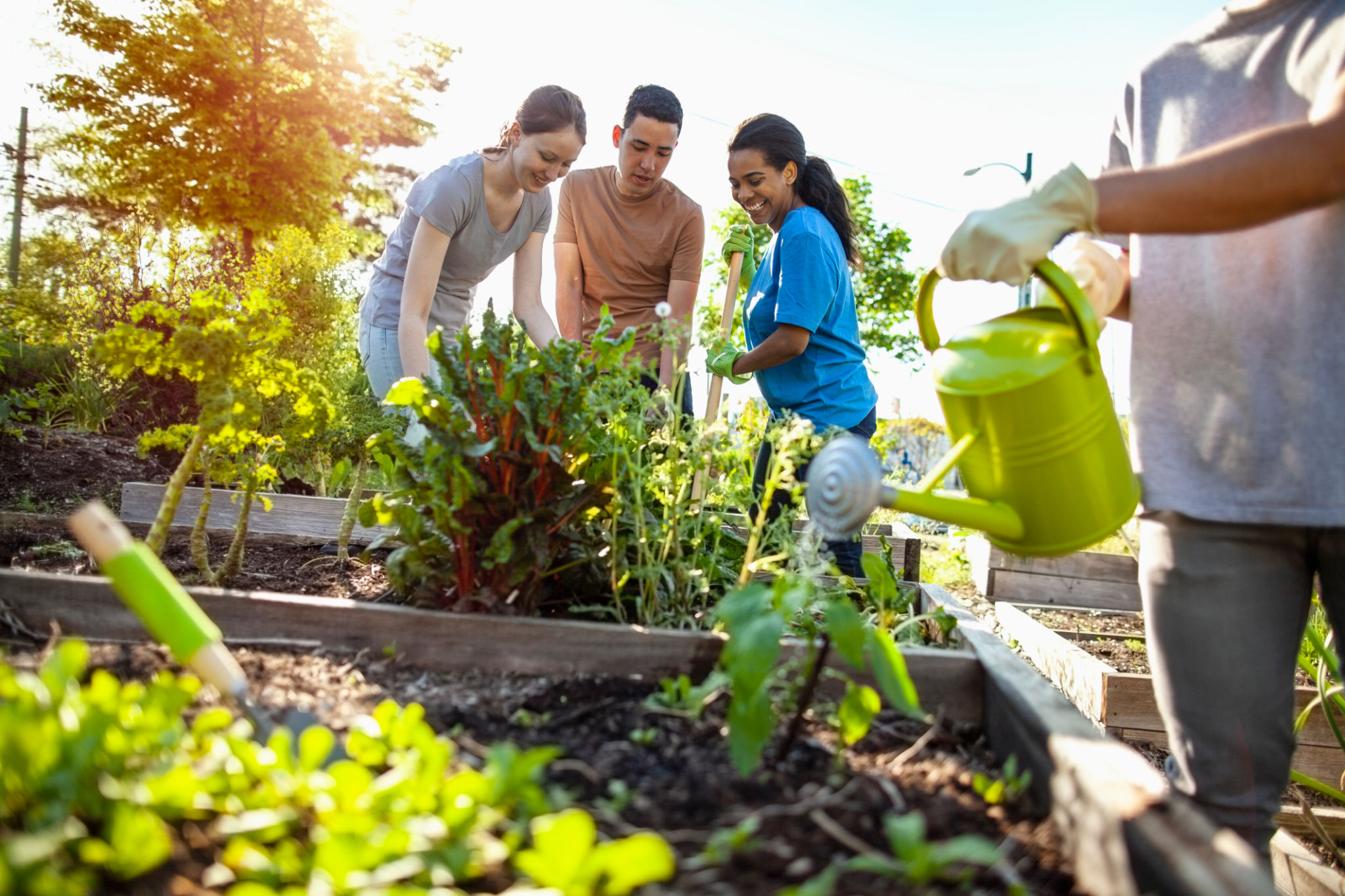Cultivating Community - The Impact of Apartment Food Sharing
Cultivating Community

The Power of Apartment Food Sharing
In a world where the cost of living is on the rise and urban spaces are becoming increasingly dense, finding innovative ways to foster community and reduce expenses has never been more important. One such idea that is beginning to take root in apartment complexes around the country is the concept of apartment food sharing. Imagine a community where every resident grows a unique variety of fruit, vegetable, herb, or spice, and when harvest time rolls around, the bounty is shared among everyone. It’s not just about growing food; it’s about growing a community.

Growing Together
The concept is simple yet powerful: each resident is responsible for cultivating a single type of plant. Whether it’s tomatoes on a windowsill, basil on a balcony, or strawberries in a communal garden, the idea is to nurture something that can be shared. When it’s time to harvest, the community comes together to exchange their crops, ensuring that everyone has a variety of fresh produce at their disposal. This approach encourages residents to engage in urban gardening, regardless of their space limitations, and allows them to learn from each other in the process.

A Sense of Belonging
One of the most significant benefits of apartment food sharing is the sense of community it creates. In an age where many people don’t know their neighbors, this initiative provides a reason to connect. Studies show that social isolation can increase the risk of premature death by up to 50%—comparable to the effects of smoking 15 cigarettes a day. By fostering connections through gardening and food sharing, residents can combat loneliness and build a support network that extends beyond a simple wave in the hallway.
This connection is not just a nicety—it’s a necessity. We are all going through something and struggling with something. Having people to converse with, to share your day, your challenges, and your victories with, is incredibly beneficial. You may not get along with everyone, but having each other’s backs, ensuring everyone feels safe and supported, is vital. It’s about building a community where people look out for one another, creating an environment where crime rates can decrease simply because people know and care about their neighbors.

Economic and Environmental Impact
With grocery bills continuing to climb—U.S. food prices increased by an average of 10.4% in 2022 alone—growing your own food can be a practical way to cut costs. Apartment food sharing not only helps reduce individual expenses but also contributes to a more sustainable lifestyle. The average American household spends about $4,942 annually on groceries. By participating in a community garden, households can save between $370 and $530 per year on fresh produce.
Additionally, this initiative can reduce food waste. The average American household wastes about 31.9% of the food they purchase, amounting to approximately $1,866 per year. Growing and sharing food locally ensures that the produce is used more efficiently, reducing the overall waste and contributing to a more sustainable food system. Moreover, by reducing the reliance on store-bought goods, which often travel long distances and contribute to greenhouse gas emissions, apartment food sharing supports environmental sustainability.

Harvest Celebrations
The culmination of the growing season is a community-wide potluck, where each resident brings a dish made from the produce they’ve grown. It’s a celebration of the hard work and dedication that went into the garden, and an opportunity to share the literal fruits of your labor. These gatherings can become a cherished tradition, where recipes are exchanged, new friendships are formed, and the community bonds over a shared meals.

The Importance of Community
An apartment complex isn’t just about the building, whether it’s a Section 8 housing development or a multi-million-dollar penthouse. It’s about the lives being lived inside each dwelling. The importance of community cannot be overstated—especially in a time when isolation and loneliness are becoming increasingly common. Research has shown that people who live in neighborhoods with high levels of social cohesion experience significantly lower crime rates, with a 10% increase in neighborliness reducing crime by 3.2%.
No one’s life is so full or busy that they can’t stop and say hello to a neighbor. You might discover, as you begin to form a community, that you and your neighbors have a lot more in common than you expected. Shared interests, mutual challenges, and even the simple act of growing food together can create a bond that makes everyone feel safer and more connected.

Rotating Crops and Expanding Horizons
To keep things interesting and to ensure a diverse harvest, the crops can be rotated each year or season. This not only prevents soil depletion (in communal garden spaces) but also gives residents the chance to experiment with growing different types of produce. It’s an opportunity to learn about new plants, try new recipes, and continue building the community’s collective knowledge and experience.

Apartment food sharing is more than just a way to grow food; it’s a way to grow connections, reduce costs, and live more sustainably. By coming together to cultivate and share a garden, residents can transform their living spaces into thriving, interconnected communities. In doing so, they create not just a safer environment, but a more fulfilling one—where no one feels alone, and everyone has someone to turn to. This simple yet innovative idea has the potential to change the way we think about urban living, one plant at a time.